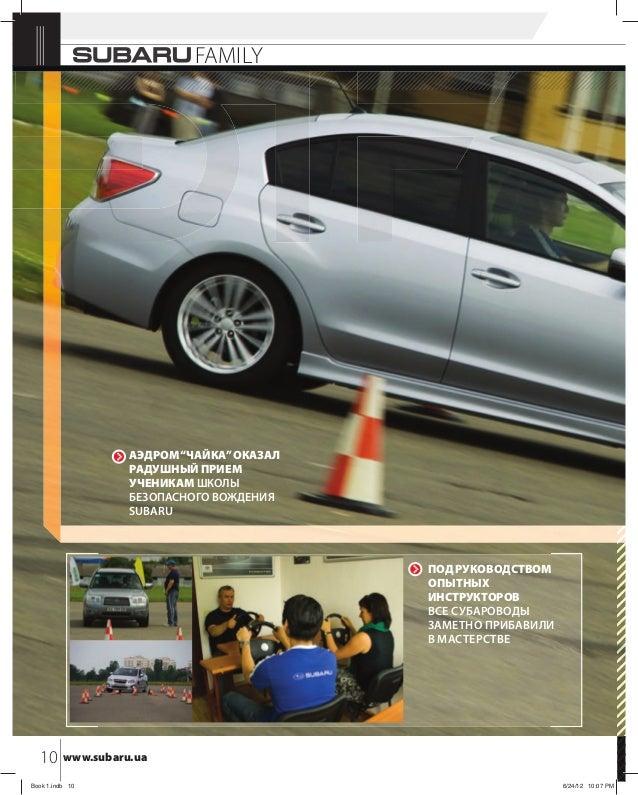
Safety belt
A strap or set of straps, easily removable on command, designed to tie the person to the seat to protect him in the event of an accident, or in any case secure him to the seat in anticipation of severe deceleration. Achieves maximum utility when combined with an airbag.
Over the years, the belts have undergone various improvements: in the beginning, they were not even equipped with a reel, so their use was inconvenient, often ineffective, but above all, it did not allow the wearer to move. Then, finally, the coils arrived, and to improve them even further, all houses use systems that can tighten the belt more during a possible accident (pretensioners).
A precious tool for road safety, and today not everyone wears them. To address this problem, many homes use audible buzzers that force even the most repetitive offenders to wear a belt. This solution is very popular in Euro NCAP, which gives bonus points in its famous crash tests to cars equipped with them.
Seat belts are an invention more than a century old: they were first patented by the Frenchman Gustave Desiree Liebau (who called them "seat belts") in 1903. However, the not very high speeds of the cars of those times and the risk of suffocation they gave (rather rough materials were used at that time) caused the device to diffuse insufficiently.
In 1957, following the experience of motorsport, in which they also played a role in supporting the body for lateral acceleration, they were nevertheless introduced into some cars, even if they were used more as a test than a real belief in the utility of an object. However, the results of the experiments were found to be very positive, and in 1960, the first series of seat belts were launched on the market. In particular, it was argued that seat belts, if fitted correctly, would drastically reduce the risk of hitting the chest against the steering wheel in the event of sudden braking.
In 1973, France announced that seat belts were required by law. Subsequently, all Western countries, including Italy, followed transalpine laws (in the United States of America, the first state to declare them mandatory was Massachusetts in 1975).

